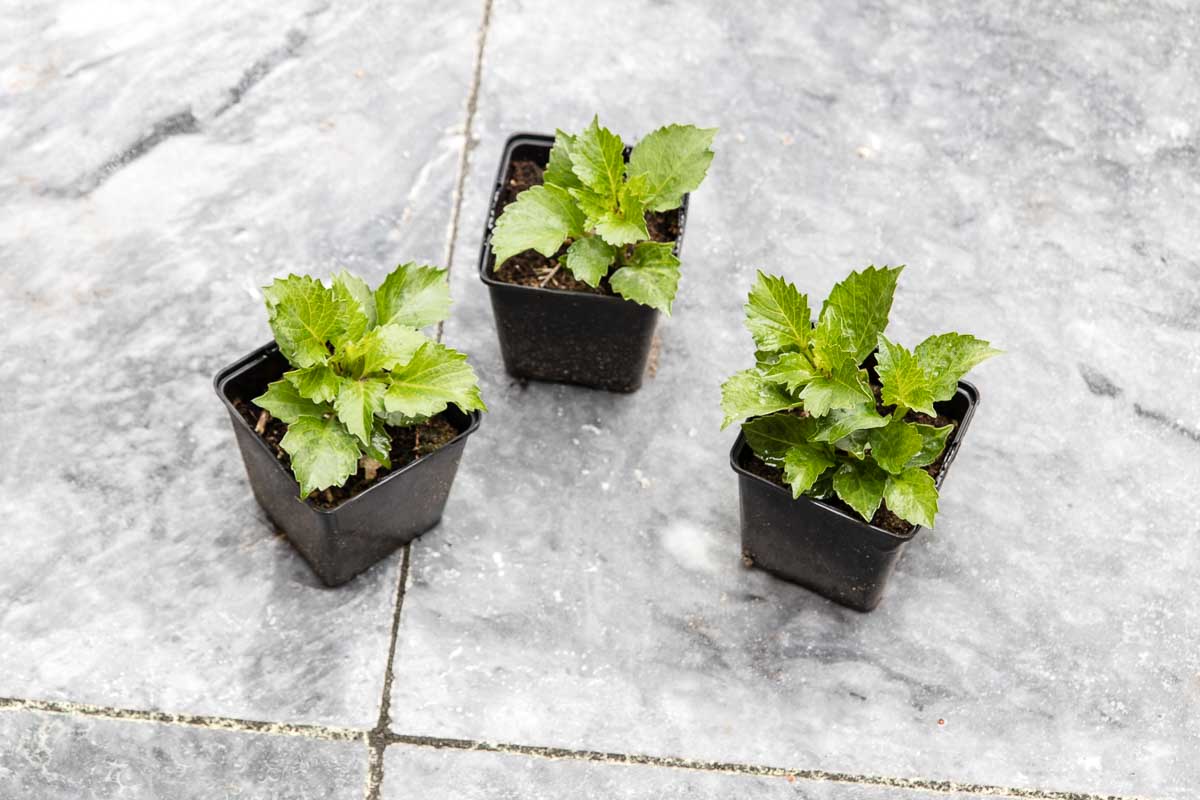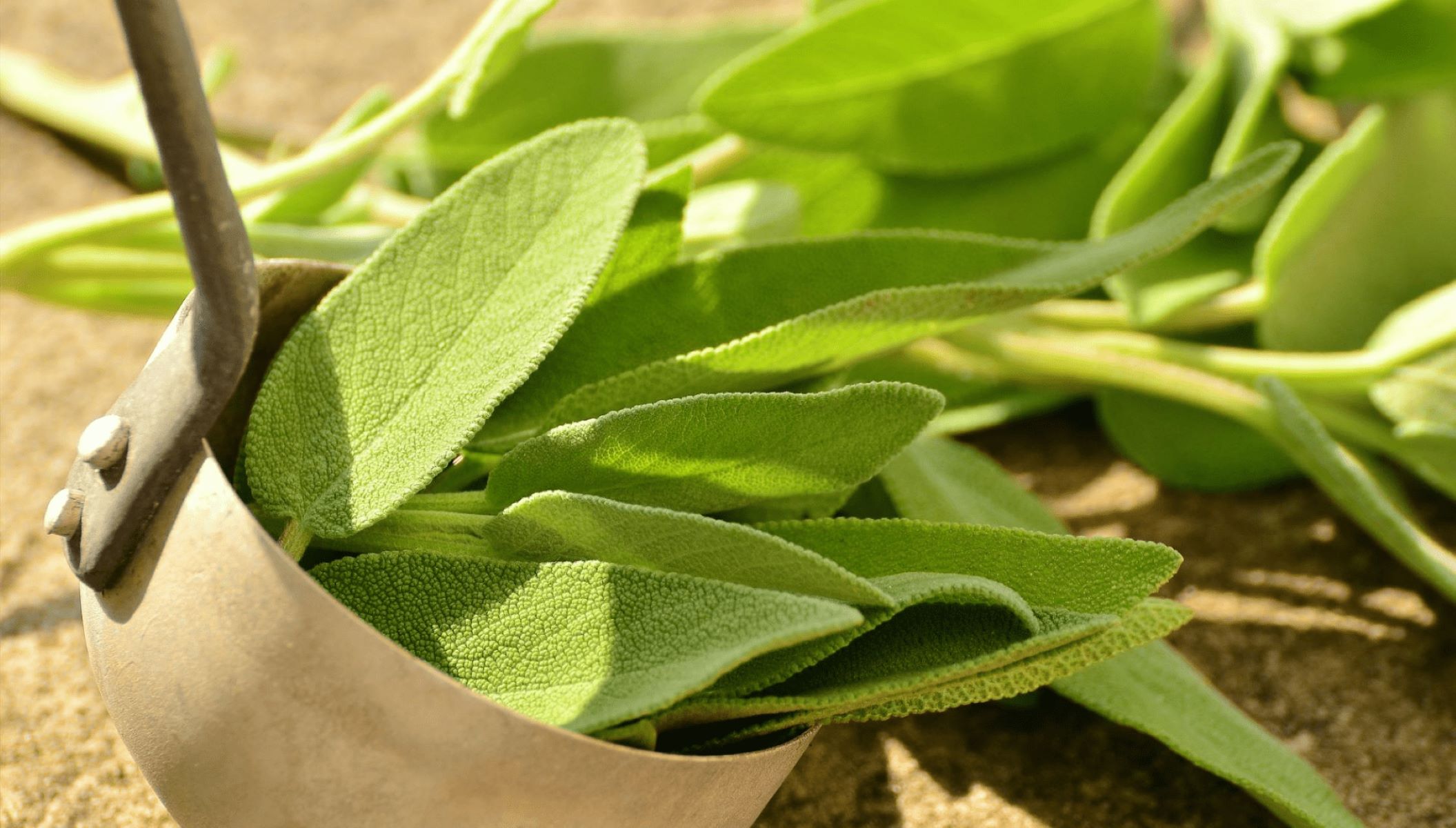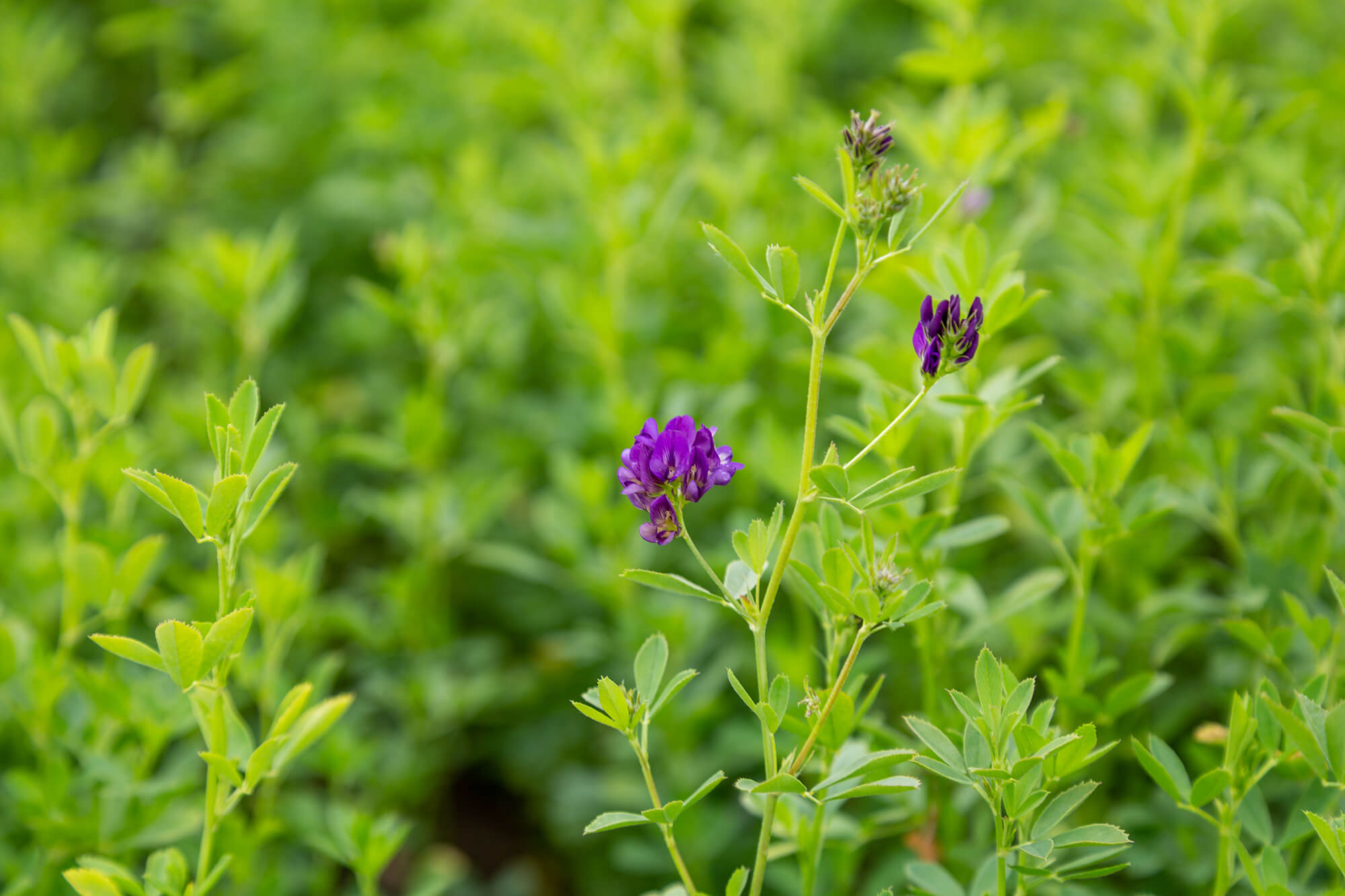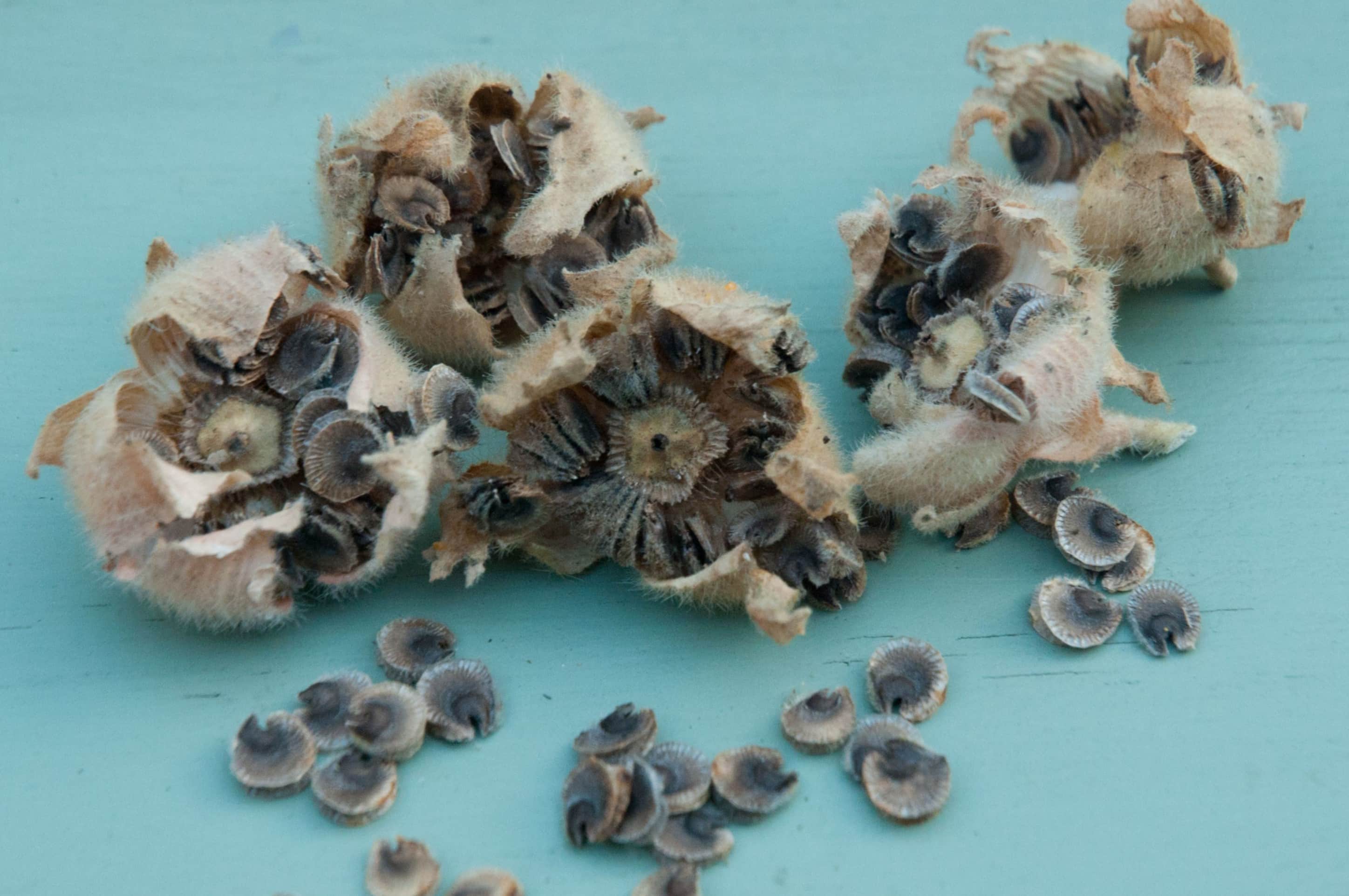Home>Garden Essentials>When To Plant Datura Seeds


Garden Essentials
When To Plant Datura Seeds
Modified: May 6, 2024
Discover the best time to plant Datura seeds in your garden and ensure a beautiful floral display. Learn expert tips for successful cultivation and blooming.
(Many of the links in this article redirect to a specific reviewed product. Your purchase of these products through affiliate links helps to generate commission for Storables.com, at no extra cost. Learn more)
Introduction
Gardening is a rewarding and fulfilling hobby that allows us to connect with nature and create beautiful outdoor spaces. One aspect of gardening that many people find fascinating is growing plants from seeds. If you’re an avid gardener looking to add a touch of exotic beauty to your garden, then planting Datura seeds might be just what you’re looking for.
Datura, also known as the ‘devil’s trumpet’, is a genus of flowering plants native to various parts of the Americas, Asia, and Africa. These plants are renowned for their large, trumpet-shaped flowers that exude a mesmerizing fragrance. With their striking appearance and enchanting scent, Datura plants can add a touch of elegance and intrigue to any garden.
However, successfully growing Datura from seeds requires careful attention to detail and a thorough understanding of their specific needs. In this article, we will explore when to plant Datura seeds and provide you with valuable insights and tips to ensure a successful gardening experience.
Key Takeaways:
- Plant Datura seeds in early spring in warm, sunny areas with well-draining soil. Consider starting seeds indoors in cooler climates for successful growth and stunning blooms.
- Care for Datura seedlings by providing regular watering, proper drainage, and support. Address common issues like pests and diseases to ensure healthy, vibrant plants in your garden.
Read more: How To Germinate Datura Inoxia
Factors to Consider
Before you start planting Datura seeds, it’s important to consider certain factors to create the ideal growing conditions for these plants. Paying attention to these factors will significantly increase your chances of success:
Climate and Temperature Requirements
Datura plants thrive best in warm weather conditions. They prefer a temperature range between 65°F and 85°F (18°C and 29°C). If you live in a region with long, hot summers, Datura will be right at home. However, if you reside in a cooler climate, you can still grow Datura as an annual plant, but you may need to provide additional heat or start the seeds indoors.
Soil Requirements
The soil in which you plant your Datura seeds should be well-draining and fertile. These plants prefer soil with a pH range of 6.0 to 7.5. Incorporating organic matter, such as compost or aged manure, into the soil before planting will improve its fertility and drainage.
Watering and Drainage
Daturas prefer regular watering, but they are susceptible to root rot, so it’s crucial not to overwater them. Allow the soil to dry slightly between watering sessions. Additionally, make sure the planting area has adequate drainage to prevent waterlogged conditions.
Read more: When To Plant Pumpkin Seeds
Sunlight and Shade
Datura plants are sun-loving and require full sunlight to thrive. Choose a location in your garden that receives at least six to eight hours of direct sunlight per day for optimal growth and blooming.
Timing and Season
The timing of planting Datura seeds is crucial. It’s best to sow the seeds in early spring, after the danger of frost has passed. Make sure the soil has warmed up to a consistent temperature of around 60°F (15°C) before planting.
Climate and Temperature Requirements
Datura plants are native to regions with warm climates, and they thrive in temperatures between 65°F and 85°F (18°C and 29°C). These plants require a warm and sunny environment to grow and bloom to their fullest potential.
If you live in an area with a Mediterranean or subtropical climate, you’re in luck, as Datura plants are well-suited to these regions. They will thrive in the long, hot summers and mild winters typically found in these climates.
However, if you reside in a cooler climate, you can still grow Datura as an annual plant, but you may need to make some adjustments to create the ideal conditions for its growth.
If you want to grow Datura as a perennial in cooler climates, you will need to protect the plant during the colder months. One option is to plant Datura in large containers that can be moved indoors or into a greenhouse when temperatures drop below their ideal range.
Another option is to start the seeds indoors in early spring, 6-8 weeks before the last expected frost date. This allows the plants to establish a strong root system before being moved outdoors. When transplanting the seedlings, select a sunny spot in your garden where they will receive maximum sunlight throughout the day.
Ensure that the soil temperature has warmed up to at least 60°F (15°C) before planting the Datura seedlings. You can use a soil thermometer to check the temperature or simply rely on the general guideline of waiting until the danger of frost has passed.
By providing the Datura plants with ample warmth and sunlight, even in cooler climates, you can enjoy their stunning blooms and intoxicating fragrance throughout the growing season.
Soil Requirements
Choosing the right soil is crucial for the successful growth of Datura plants. These flowering beauties prefer well-draining yet moisture-retentive soil that is rich in organic matter. Here are some factors to consider when it comes to soil requirements for Datura:
Read more: When To Plant Viola Seeds
Drainage
Datura plants are susceptible to root rot if the soil remains waterlogged for extended periods. Therefore, it’s essential to provide them with well-draining soil. To improve drainage, consider incorporating organic matter like compost or aged manure into the soil. This will help to loosen the soil and enhance its ability to drain excess water.
pH Level
The pH level of the soil also plays a vital role in the growth and health of Datura plants. They prefer slightly acidic to neutral soil, with a pH range between 6.0 and 7.5. You can test the pH level of your soil using a home testing kit available at most garden centers. If your soil’s pH level is too low or too high, you can adjust it by adding amendments such as lime to raise the pH or sulfur to lower it.
Fertility
Datura plants thrive in fertile soil that is rich in nutrients. Before planting your Datura seeds, it’s beneficial to amend the soil with organic matter like compost or well-rotted manure. These additions will provide a nutrient-rich environment for the plants to establish strong roots and grow vigorously.
Texture
Datura plants prefer loamy soil, which is a combination of sand, silt, and clay. Loamy soil retains moisture well, while still allowing for proper drainage. If your soil is heavy in clay, you can improve its drainage by mixing in organic matter and coarse sand. If your soil is sandy, adding organic matter will help to increase its water-holding capacity.
Read more: When To Plant Impatiens Seeds
Soil Preparation
Before planting your Datura seeds, prepare the soil by removing any weeds, rocks, or debris. Loosen the soil using a garden fork or tiller to a depth of about 8-10 inches (20-25 cm). Incorporate organic matter into the soil, ensuring it is evenly distributed. Smooth the soil surface and ensure it is level before proceeding with planting.
By providing the proper soil conditions for your Datura plants, you’ll create an ideal growing environment that will promote healthy growth and abundant blooms.
Watering and Drainage
Proper watering and drainage are essential for the health and vitality of Datura plants. While these plants enjoy regular watering, they can be sensitive to overwatering and are prone to root rot. Here are some tips to ensure the right balance:
Watering
Datura plants require regular watering to keep the soil evenly moist. However, it’s crucial to avoid overwatering, as their roots can easily become waterlogged. Before watering, check the moisture level of the soil by inserting your finger about an inch deep into the soil. If it feels slightly dry, it’s time to water.
When watering, aim to provide a deep and thorough soaking to encourage the roots to grow deeply. Water should penetrate the soil to a depth of at least 6 inches (15 cm). Avoid light, frequent watering, as it can lead to shallow root growth and weak plants.
Water the plants at the base, directly to the soil, rather than overhead watering, as wet foliage can promote the spread of diseases. Additionally, do not waterlog the soil, as excess moisture can cause the roots to rot.
Read more: When To Plant Viola Seeds
Drainage
Ensuring proper drainage is crucial for Datura plants, as they dislike standing water around their roots. Poor drainage can lead to root rot and other diseases. If your soil is heavy and poorly draining, you can amend it by adding organic matter like compost or well-rotted manure. These amendments will help to improve the soil’s structure and enhance its drainage capabilities.
You can also consider planting Datura in raised beds or containers with adequate drainage holes. This allows for better control over the soil and prevents water from accumulating around the roots.
In addition to proper watering and drainage, it’s essential to monitor the weather conditions. During periods of heavy rain or excessive humidity, it may be necessary to reduce watering to prevent the soil from becoming waterlogged.
By providing consistent and careful watering, along with good drainage, you will help your Datura plants grow healthy, vibrant, and thrive in your garden.
Read more: When To Plant Seeds Outside
Sunlight and Shade
When it comes to sunlight and shade requirements, Datura plants are true sun seekers. They thrive in full sunlight and require a minimum of 6 to 8 hours of direct sunlight each day to grow and bloom to their fullest potential. Adequate sunlight is crucial for their overall health and the production of those stunning trumpet-shaped flowers.
Select a planting location in your garden that receives abundant sunlight throughout the day. Ideally, this spot should have minimal shade from trees, buildings, or other structures. Unobstructed sunlight will ensure that your Datura plants receive the energy they need to carry out photosynthesis and develop robust foliage and vibrant blooms.
In areas with extremely hot climates or intense afternoon sun, some partial shade during the hottest part of the day may be beneficial. If you notice that the leaves of your Datura plants are wilting or showing signs of sunburn, providing a little afternoon shade can help protect them from excessive heat and sunlight.
However, keep in mind that too much shade can negatively impact the blooming ability of Datura plants. Insufficient sunlight may result in spindly growth, weak stems, and limited flower production. To avoid this, it’s important to strike a balance between providing enough sunlight for optimal growth and ensuring the plants are not exposed to extreme heat or scorching sun.
Keep in mind that Datura plants are adaptable and can tolerate a wide range of conditions. However, they do best in locations with ample sunshine. By selecting a sunny spot for your Datura plants and ensuring they receive the right amount of sunlight, you’ll be rewarded with abundant and dazzling blooms that will enhance the beauty of your garden.
Timing and Season
Timing is key when it comes to planting Datura seeds. The ideal time to sow Datura seeds is in early spring, after the danger of frost has passed and the soil has warmed up. This timing allows the seeds to benefit from the warmer temperatures and longer days of the growing season.
In regions with mild climates and long growing seasons, you can sow Datura seeds directly into the garden soil in early spring. However, if you live in a cooler climate with a shorter growing season, it’s recommended to start the seeds indoors 6 to 8 weeks before the last expected frost date.
To start the seeds indoors, fill seed trays or small pots with well-draining seed-starting mix. Moisten the soil before sowing the seeds. Place 2-3 seeds in each container, about 1/4 inch (6 mm) deep. Cover the seeds lightly with soil and mist them with water to settle the soil.
Position the seed trays or pots in a warm location, such as a sunny windowsill or a greenhouse, where the temperature remains consistently between 65°F (18°C) and 85°F (29°C). Provide a plastic cover or use a seed-starting heat mat to maintain a warm and moist environment, which will promote germination.
Within 1 to 2 weeks, the Datura seeds will germinate and grow into seedlings. Once the seedlings have developed their first set of true leaves, you can thin them out, keeping the strongest seedling in each container.
When the risk of frost has passed and the soil temperature has warmed up to around 60°F (15°C), you can transplant the Datura seedlings to the garden. Choose a sunny spot with well-draining soil and adequate space for the plants to grow. Dig a hole slightly larger than the root ball, carefully remove the seedling from its container, and place it into the hole. Fill in the soil around the seedling and gently firm it in.
Water the transplanted seedlings thoroughly and continue to keep the soil evenly moist but not waterlogged as they establish themselves in their new environment.
By timing your Datura seed sowing correctly and providing the seedlings with the right growing conditions, you’ll set them up for a successful and productive growing season.
Preparing Datura Seeds
Before you begin planting Datura seeds, it’s important to properly prepare them to increase their chances of germination and successful growth. Here are some steps to follow when preparing Datura seeds:
Seed Collection
If you have access to mature Datura plants in your garden or nearby, you can collect the seeds from their dried seed pods. Allow the seed pods to dry on the plant until they turn brown and papery. Carefully remove the pods and gently break them open to collect the small black seeds inside. Alternatively, you can purchase Datura seeds from reputable nurseries or online seed suppliers.
Read more: When To Plant Bonsai Seeds
Seed Scarification
Datura seeds have a hard outer coat that can inhibit germination. To improve germination rates, you can scarify the seeds before planting. This process involves breaking, scratching, or nicking the seed coat to allow water to penetrate and trigger germination. You can use sandpaper, a file, or a knife to gently scarify the seeds. Be careful not to damage the inner embryo of the seed while scarifying.
Seed Stratification
In some cases, Datura seeds may benefit from a period of cold stratification to break their dormancy. This mimics the natural process of seeds undergoing winter conditions before germinating. To stratify the seeds, place them in a plastic bag with moistened peat moss or vermiculite. Seal the bag and refrigerate it for 4 to 6 weeks. This cold treatment prepares the seeds for germination when they are exposed to warmth and moisture.
Soaking the Seeds
After scarifying and stratifying (if necessary), you can further enhance germination rates by soaking the Datura seeds in water. Fill a container with room-temperature water and place the scarified seeds in the water. Allow them to soak for 24 to 48 hours. This soaking process can help soften the seed coat and initiate the germination process.
Seed Viability Testing
Before planting large quantities of Datura seeds, you may want to perform a viability test to check the germination rate. Take a small number of seeds and place them on a damp paper towel or in a seed tray with moistened seed-starting mix. Keep the seeds moist and at a consistent temperature. After a week or so, observe how many seeds have successfully germinated. This will give you an idea of their viability and help you determine the number of seeds to sow for optimum success.
By taking the time to properly prepare Datura seeds, you’ll increase their chances of successful germination and growth. Remember to follow the recommended seed scarification, stratification, and soaking techniques to maximize the potential of these stunning plants.
Read more: When To Plant Okra Seeds
Planting Datura Seeds
Now that you have prepared your Datura seeds, it’s time to plant them and watch them grow into beautiful plants. Follow these steps to ensure successful planting:
Choosing the Planting Location
Select a planting location that provides full sunlight and has well-draining soil. Datura plants thrive in warm climates and require at least 6 to 8 hours of direct sunlight daily. The soil should be fertile and loamy, with a pH range of 6.0 to 7.5. Prepare the planting area by removing any weeds or debris and loosening the soil to a depth of about 8-10 inches (20-25 cm).
Sowing the Seeds
Plant the Datura seeds at a depth of approximately 1/4 inch (6 mm). Create small holes in the soil using your finger or a pencil, spacing the holes 6 to 12 inches (15 to 30 cm) apart. Drop one or two seeds into each hole and cover them with soil. Gently press the soil down to ensure good seed-to-soil contact.
Watering
After planting the seeds, water the area thoroughly but gently. Ensure that the soil is evenly moist but not waterlogged. Continue to water regularly, keeping the soil consistently moist during the germination and seedling stages. Avoid overwatering, as this can lead to root rot. Mist the soil surface or use a watering can with a fine nozzle to prevent disturbing the seeds or seedlings.
Read more: When To Plant Collard Seeds
Seedling Care
As the Datura seeds germinate and grow into seedlings, provide them with adequate care. Thin out the weaker seedlings, leaving only the strongest and healthiest ones in each planting hole. This will allow for better air circulation and give the remaining seedlings more space to grow. Keep a close eye on the seedlings, ensuring they have enough sunlight, moisture, and protection from extreme weather conditions.
Transplanting
Once the Datura seedlings have developed a sturdy root system and a few sets of true leaves, they can be transplanted into their permanent location in the garden. Choose a sunny spot with well-draining soil and ample space for the plants to spread out. Dig a hole slightly larger than the root ball of each seedling, carefully remove it from its container, and place it into the hole. Backfill the soil around the seedling and gently firm it in. Water thoroughly after transplanting to help settle the soil around the roots.
By following these steps, you’ll be well on your way to successfully planting your Datura seeds and watching them grow into stunning plants with their unique trumpet-shaped flowers and enchanting fragrance.
Caring for Datura Seedlings
Once your Datura seedlings are planted in their permanent location, it’s important to provide them with proper care to ensure their healthy growth and development. Here are some essential tips for caring for Datura seedlings:
Watering
Water the Datura seedlings regularly to keep the soil evenly moist. The soil should not be waterlogged, as excessive moisture can lead to root rot. Check the soil moisture levels regularly by inserting your finger about an inch deep into the soil. If it feels dry, it’s time to water. Water at the base of the plants, directly onto the soil, rather than overhead watering. Aim to provide a deep, thorough watering to encourage healthy root growth.
Read more: When To Plant A Germinated Seed
Fertilizing
As Datura plants are heavy feeders, they will benefit from regular fertilization. Apply a balanced, slow-release fertilizer according to the manufacturer’s instructions. This will provide a steady supply of nutrients to the plants throughout the growing season. Alternatively, you can use a water-soluble fertilizer, applying it every two to three weeks during the active growth period. Avoid over-fertilizing, as it can result in excessive foliage growth with fewer flowers.
Weed Control
Keep the area around your Datura seedlings free from weeds. Weeds compete with the seedlings for water, nutrients, and sunlight. Regularly remove any weeds that sprout near the plants. Apply a layer of mulch around the base of the plants to suppress weed growth and retain soil moisture. Avoid placing the mulch too close to the stems to prevent excess moisture around the plants, which can lead to fungal diseases.
Support and Pruning
As the Datura seedlings grow, some varieties may benefit from staking or support. This is especially true for taller varieties that may become top-heavy or prone to bending in strong winds. Stake the plants and secure them to the stake using soft ties or plant clips. Regularly monitor the growth and adjust the support as needed.
Pruning can also be done if necessary to maintain the desired shape and size of the plants. Remove any dead, damaged, or diseased foliage or flowers. Avoid heavy pruning, as this can stimulate excessive vegetative growth at the expense of flowering.
Pest and Disease Management
Inspect the Datura seedlings regularly for any signs of pests or diseases. Common pests that can affect Datura plants include aphids, whiteflies, and spider mites. If you notice any pests, address the issue promptly using appropriate organic or chemical control methods. Additionally, ensure good air circulation around the plants to reduce the risk of fungal diseases. Remove any fallen leaves or debris from the garden to prevent the development of diseases.
Read more: When To Plant Pansy Seeds
Protection from Harsh Weather
Datura plants may require protection from extreme weather conditions. In hot climates, provide some shade during the hottest part of the day to prevent wilting or scorching of the leaves. During periods of strong winds or heavy rainfall, consider using plant covers or moving pots indoors temporarily to protect the plants from damage.
By providing proper care, attention, and protection to your Datura seedlings, you’ll help them flourish, ensuring healthy growth and abundant blooms. With minimal effort, you’ll be rewarded with the enchanting beauty and fragrance of these stunning plants in your garden.
Common Problems and Troubleshooting
While Datura plants are generally hardy and resilient, they can still encounter certain problems and challenges. Being aware of these common issues and knowing how to address them can help ensure the health and vitality of your Datura plants. Here are some common problems and troubleshooting tips:
Pest Infestations
Datura plants may be susceptible to various pests, including aphids, whiteflies, spider mites, and caterpillars. To control these pests, regularly inspect the plants for any signs of infestation, such as wilting, yellowing leaves, or webbing. Remove any affected plant parts and consider using organic insecticidal soaps or horticultural oils to treat the pests. If necessary, consult with a local garden center or pest control professional for appropriate insecticide recommendations.
Fungal Diseases
Datura plants can be susceptible to fungal diseases, especially if conditions are humid and the plants have poor air circulation. Common fungal diseases that may affect Datura include powdery mildew and leaf spot. To prevent these diseases, ensure proper spacing between plants, prune for better air circulation, and avoid overhead watering. If fungal diseases do appear, remove affected plant parts, improve air circulation, and consider using fungicides labeled for use on Datura plants as a last resort.
Read more: When To Plant Arugula Seeds
Yellowing or Drooping Leaves
If you notice yellowing or drooping leaves on your Datura plants, it can be a sign of overwatering, underwatering, or nutrient deficiencies. Evaluate the moisture levels in the soil and adjust your watering accordingly. Ensure the plants are receiving adequate sunlight and check for nutrient deficiencies by applying a balanced fertilizer. Adjust the care practices as needed to address the issue and promote healthier foliage growth.
Lack of Blooming
If your Datura plants are not producing blooms, it could be due to insufficient sunlight, inadequate pruning, or nutrient deficiencies. Ensure the plants are receiving enough direct sunlight for at least 6 to 8 hours each day. Prune the plants selectively to encourage branching and flower production. Feed the plants with a balanced fertilizer to provide the necessary nutrients for blooming. Patience is also key, as some Datura varieties may take longer to reach the blooming stage.
Transplant Shock
When transplanting Datura seedlings, they may experience transplant shock, resulting in wilting or stalled growth. To minimize transplant shock, handle the seedlings gently and provide proper water and care after transplanting. Ensure the new planting location has suitable soil conditions, sufficient sunlight, and protection from harsh weather conditions. Consider using a plant hormone or transplant fertilizer to stimulate root growth and reduce transplant stress.
By being proactive and addressing these common problems in a timely manner, you can help your Datura plants thrive and overcome any challenges they may encounter. Remember to regularly monitor your plants, provide appropriate care, and seek assistance from local gardening resources or professionals if needed.
Conclusion
Datura plants, with their captivating trumpet-like flowers and enchanting fragrance, are a stunning addition to any garden. Growing these exotic beauties from seeds can be a rewarding experience, but it requires attention to detail and understanding their specific needs.
When planting Datura seeds, consider factors such as climate, temperature, soil requirements, watering, sunlight, and timing. Choose a location that provides full sun, well-draining soil, and space for the plants to grow. Properly prepare the seeds through scarification, stratification (if necessary), and soaking to enhance germination rates.
Caring for Datura seedlings involves regular watering to keep the soil moist but not waterlogged, providing adequate nutrients through fertilization, controlling pests and diseases, and offering support and pruning as needed. Protection from harsh weather conditions and addressing common problems such as pest infestations and fungal diseases will help ensure the health and vitality of your Datura plants.
By following these guidelines and taking the time to understand the unique requirements of Datura plants, you can create an ideal growing environment that allows them to flourish. With patience and care, you’ll be rewarded with the breathtaking beauty of their flowers and the intoxicating fragrance that will fill your garden.
So, if you’re looking to add a touch of exotic elegance to your garden, consider planting Datura seeds and enjoy the enchanting beauty of these unique plants.
Ready to elevate your garden's charm and functionality? Check out our latest piece on creative garden fence ideas, perfect for any home enthusiast looking to blend aesthetic appeal with practical solutions. Meanwhile, if you're curious about the pace at which your newly planted seeds will sprout, our detailed guide on seed germination times offers invaluable insights to help you plan your planting schedule more effectively. Both articles are packed with tips and tricks to make your gardening easier and more enjoyable.
Frequently Asked Questions about When To Plant Datura Seeds
Was this page helpful?
At Storables.com, we guarantee accurate and reliable information. Our content, validated by Expert Board Contributors, is crafted following stringent Editorial Policies. We're committed to providing you with well-researched, expert-backed insights for all your informational needs.






0 thoughts on “When To Plant Datura Seeds”